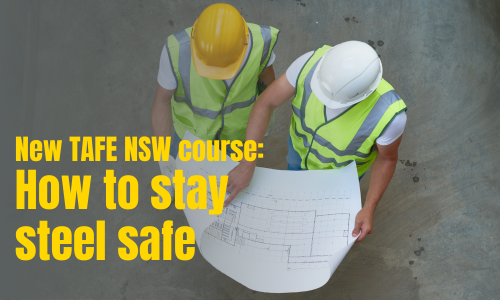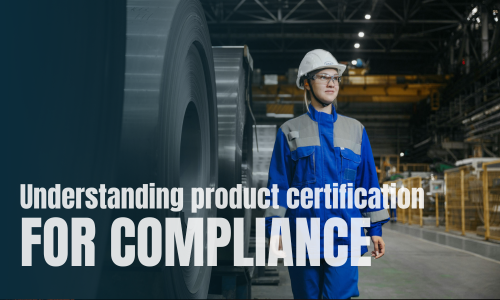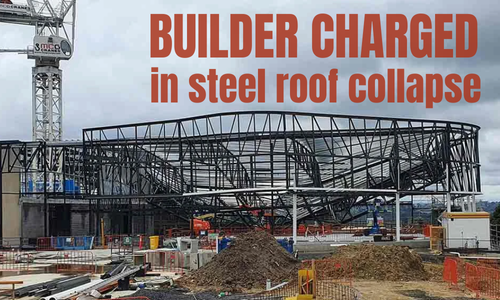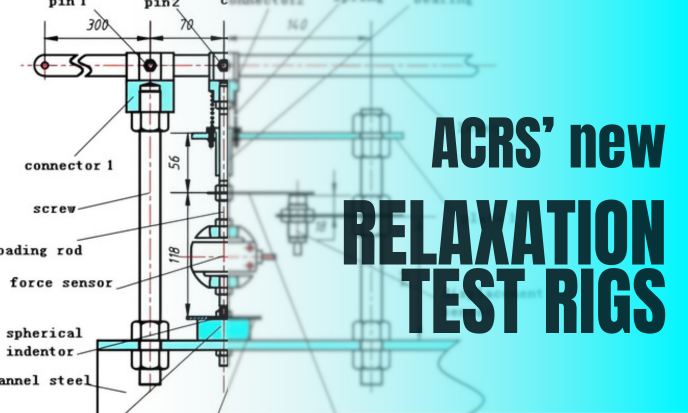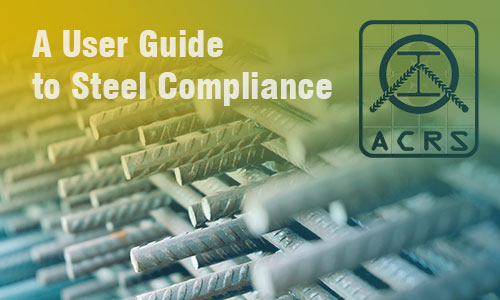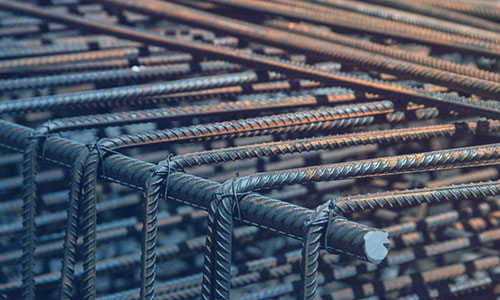Why are steel standards important?
Through recent years, ACRS has become aware of numerous instances where large scale steel consignments – destined for use in building construction and / or infrastructure projects – have either failed to meet required certification standards or have been shown to have fake certificates.
Clearly this presents significant risks to the potential durability and safety of the structures using this steel.
The importance of steel quality in construction
Steel is the world's most important construction and engineering material. It is used in every aspect of our lives. The quality and traceability of steel is important for:
- Safety
- Durability / fit-for-purpose
- Fair pricing
- Ethical supply chains
- Legality and regulation
The quality of constructional steel, defined as meeting certain “performance characteristics”, varies significantly between markets, producers and suppliers.
If construction steel fails to meet the design and usage “performance characteristics”, known as the specifications, it can present significant durability and safety issues for the structures the steel is being used in – such as bridges, high rise buildings, public buildings – and for the users of these structures.
Steel standards exist to ensure best practice in the production, the fabrication and erection of structural steel, components and structural assemblies. Hence, it is important to ensure that products/components that fall under AS/NZ Standards can be unambiguously shown to meet required specifications.
ACRS is aware of some parties claiming that steel materials being supplied, that have been manufactured to overseas steel standards, are “equivalent” to steels manufactured to AS/NZS standards, when in fact they are not.
AS/NZS standards are designed for the specific requirements of the Australian and New Zealand market, and Australian and New Zealand design standards rely on materials meeting at least the minimum requirements of the steel materials standards.
Throughout the design and documentation process for structural steelwork, the required properties of materials and components to be used in any building or structure are assumed, with these being based on the relevant design standards. This ensures the development of a fit-for-purpose and safe design.
When the project moves into the construction stage, product specifications are applied to ensure that the materials and components supplied and used meet these requirements. These specifications also ensure that the manufacturing and installation processes also meet necessary requirements.
In the global environment, with all Australian suppliers importing significant volumes of steel and steel components, independent certification of all inputs should be a key requirement to ensure the structure is meeting the design intent.
Non-conformance of steel products with relevant and required Standards remains a significant issue.
